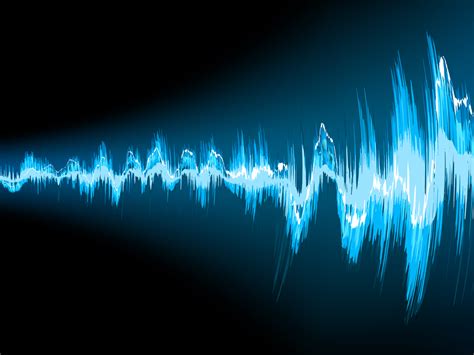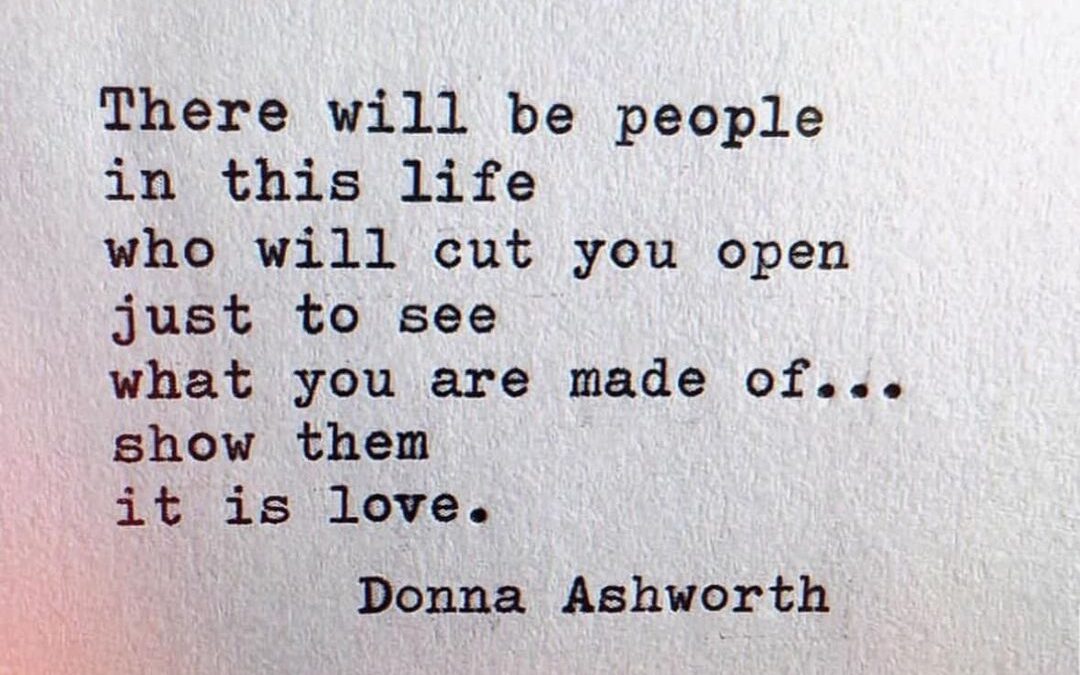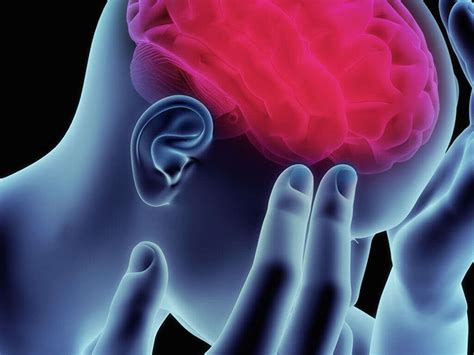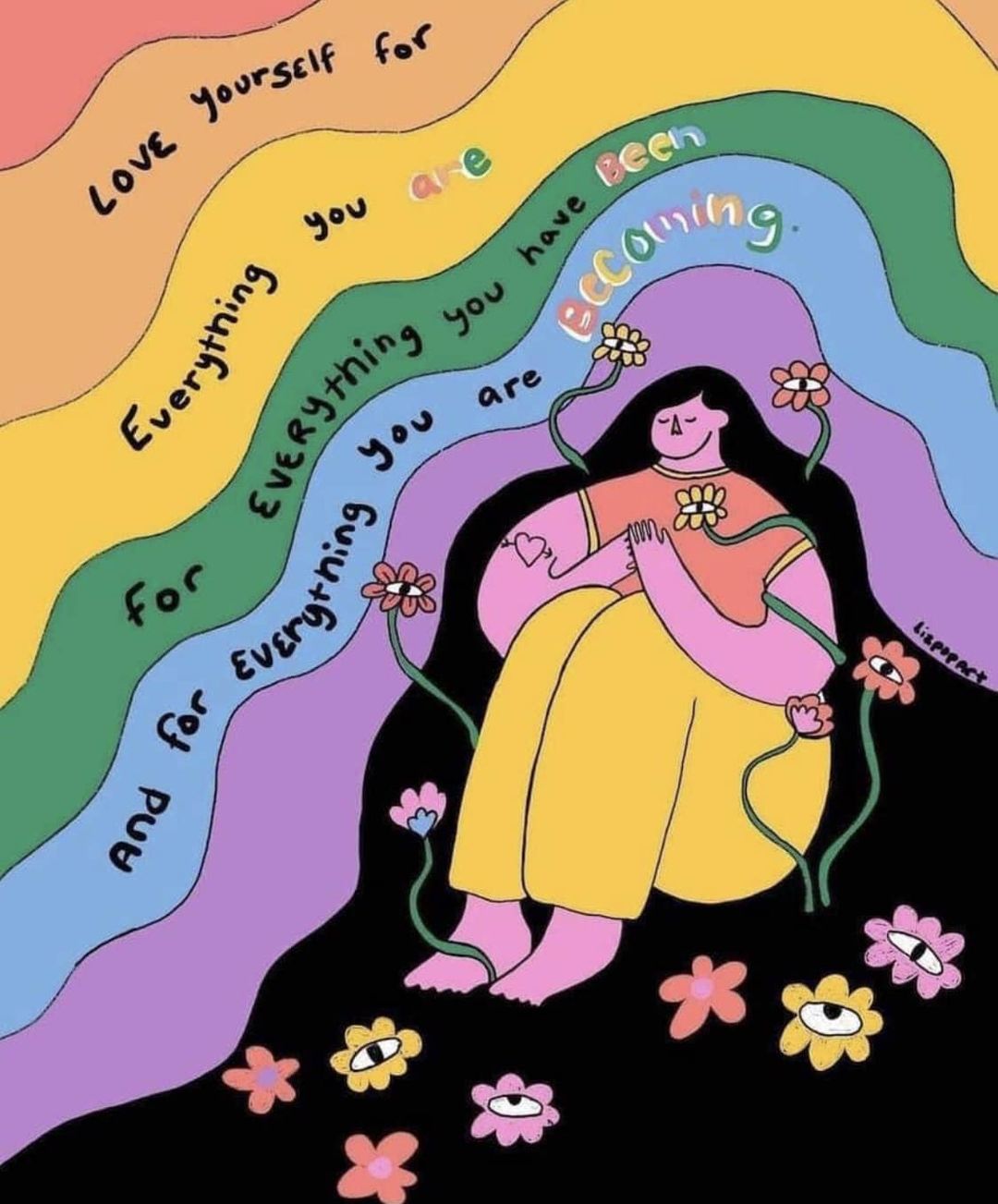
How to Create a Healthy Space for Noise Overwhelm

Are you Feeling the Overwhelm of Loud Noises in Social Situations?
Have you heard of the term “neurodivergent”? For people who feel as if they think and feel differently, I think it’s a good topic to explore for self-understanding. The differences of neurodivergent experiences land anywhere from ADHD, to sensory sensitivities, to autism and other mental health conditions. However, the topic I want to speak about today primarily is the overwhelm of loud noises for some people with neurodivergent thinking. I think it’s important to find a way to acclimate and still join into social interactions. Overwhelm can take us away from people and activities we enjoy. So how do we deal with loud noise when we are sensitive to it?
Each of us is unique in how our brain works. How we learn, how we process, and funtion does’t have to fit into a “typical” model. In the past, and even still now, when a person is different, it can be looked down upon or. seen as problematic. But more often, now adays, there is a fresher acceptance and understanding of people who think out of the box with the concept of neurodiversity. More and more, we want to include, embrace and find the strengths inside each individual. The healthier outlook is to celebrate our differences.
In particular, for neurodivergent people who feel awkward in social situations, they may need a little bit of help to know that their differences and vulnerabilities can also be understood as strengths. Researching this topic can bring relief in knowing that there is a new openness to consideration for diversity. I know, for myself, it took a long time as an adult to feel comfortable when there were a lot of people talking at once in a room. For example, I couldn’t think and the inside of my ears would actually start to hurt when I was in a loud crowded restaurant until I left and went outside. I felt like my ADHD has been healed for the most part, or maybe a better word would be integrated. Yet my brain disagreed. It still does when I am in a noisy area with many people speaking all at once. There have been times when I had felt anxious because I felt like I was the only one experiencing this. Now,understanding that how my brain operations is different yet normal has made me feel more comfortable in uncomfortable situations. So in my later years, I have learned to support myself, and others in helping to cope with loud noise. Especially people with ADHD since I know what it is like to be challenged this way and to move through to the other side.
Some of the things that I have found to be helpful with noise overwhelm are:
1. Wearing noise reduction/cancelling head phones in loud spaces. I can still hear what is going on in my enviroment, but the noise is subdued.
2. Meditation: One helpful meditation in specific is ringing a bell and following the sound with mindful focus. It helps the mind to release tension when other noises come into the space.
3. Craniosacral Therapy has helped my nervous system to feel more balanced and in ease. Especially when I can express my feelings in a safe environment from a mind body perspective. This can also help a person to feel more grounded and embodied. This helps my clients as well!
4. Developing the Witness. This is spending time stepping away from yourself in a neutral intention. Stay curious in your experience. Not being judgmental.
5. Realizing that the noise and ovewhelm is temporary. In most instances, one can leave and move into a more quiet place.
6. Don’t avoid sound because this can increase fear and stress. For example with tinnitus, begin to understand that the sound is unimportant so that. you don’t put your constant energy into negative thinking about the buzzing sounds. This isn’t normally an easy fix, by tinnitus can come and go for many people. Empowering the mind can support adaptability and relief.
7. Check in with an audiologist. Sometimes they can help, and sometimes not. But some centers do have helpful tools.
Having your brain operate differently doesn’t make a person bad or unhealthy. Being sensitive is just a different expression of being human. Seek courageous ways to face your challenges, but also find the right balance of self-care. Overwhelm does not have to be your life. Know that you are not alone, and that our differnces are what make us interesting.
Sharon Hartnett CST-D
614 653-8111
To find out more about Craniosacral Therapy, check out my main page.







